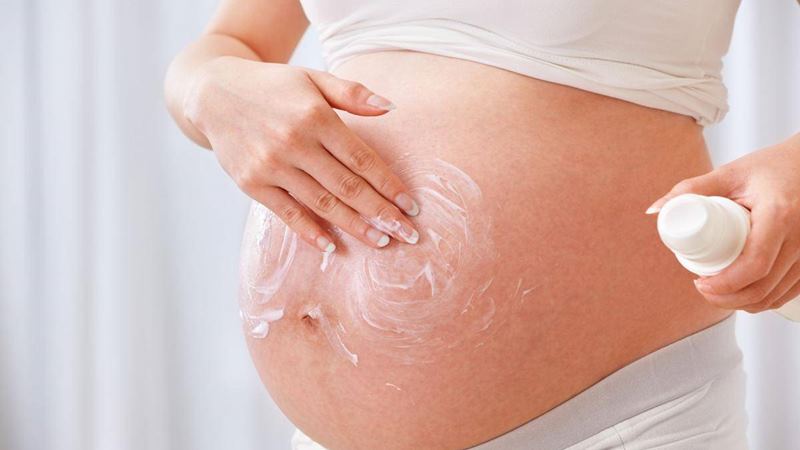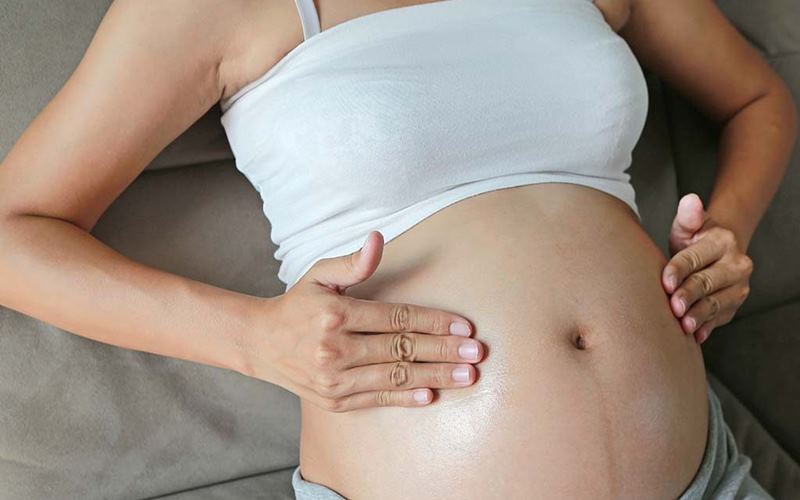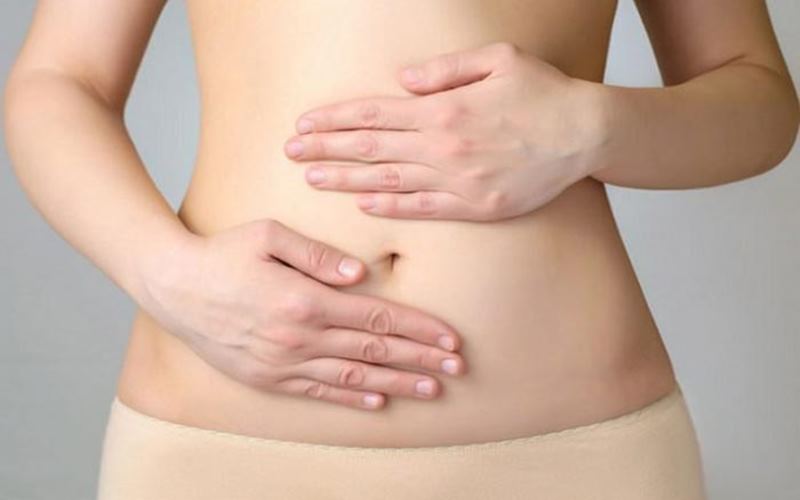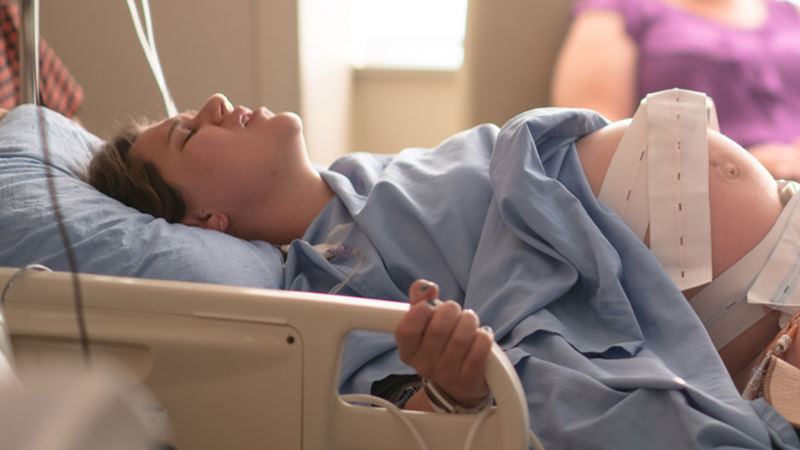For expectant mothers who are nearing their due date but haven’t gone into labor yet, abdominal massage to induce labor is an effective method to consider. Let’s explore some techniques for abdominal massage to encourage labor in this article.
Note: The content below is for reference only. Please consult a doctor or reputable expert before applying any of these methods.
1. Abdominal Massage to Induce Labor
Pregnant women often prefer natural labor as it facilitates vaginal delivery and is beneficial for both the mother’s and baby’s health. Abdominal massage to induce labor is one of the many methods employed by expectant mothers to hasten and shorten labor, as well as alleviate pain.
 Abdominal Massage to Induce Labor
Abdominal Massage to Induce Labor
Steps for abdominal massage to induce labor:
Note: During the massage, use light pressure and perform the motions slowly and rhythmically.
2. Circumstances When Abdominal Massage Should Be Avoided
 Circumstances When Abdominal Massage Should Be Avoided
Circumstances When Abdominal Massage Should Be Avoided
While abdominal massage can be beneficial for inducing labor, it’s important to be mindful of certain circumstances where it should not be performed:
- Pregnant women with conditions such as high blood pressure, gestational diabetes, or symptoms of swelling, pain, pelvic or uterine infections.
- Pregnant women with placenta praevia should refrain from abdominal massage.
- In cases of premature labor, abdominal massage is not recommended as it may stimulate the uterus and increase the risk of preterm birth.
- If the fetus exhibits abnormal movements or behavior, abdominal massage should not be performed.
3. Precautions When Performing Abdominal Massage to Induce Labor
 Precautions for Abdominal Massage to Induce Labor
Precautions for Abdominal Massage to Induce Labor
Before attempting abdominal massage to induce labor, keep the following precautions in mind:
- Limit the massage to a maximum of 10 minutes and perform it at a fixed time, preferably between 8 and 9 p.m.
- Ensure you’ve received advice from a doctor or specialist in obstetrics before attempting abdominal massage.
- When massaging, maintain gentle pressure and avoid impacting the fetus.
- Do not use plasters or ointments for abdominal massage on pregnant women.
- Relax and breathe evenly during the massage to optimize its benefits for the expectant mother.
- If you experience any pain or discomfort during the abdominal massage, stop immediately and inform your doctor or the person performing the massage.
4. Alternative Methods to Induce Labor
 Alternative Methods to Induce Labor
Alternative Methods to Induce Labor
In addition to abdominal massage, expectant mothers can explore the following methods to encourage a smooth labor process:
- Light and regular exercise
- Deep breathing exercises, meditation, or yoga
- Warm baths
- Safe sexual intercourse
- Breast massage
Abdominal massage is an effective method to assist expectant mothers in having a smoother delivery. However, it’s important to remember that this technique isn’t suitable for everyone, so be sure to research thoroughly before attempting it.
Source: Nhathuoclongchau.com
You may also be interested in:
Shop for fresh and delicious fruits at competitive prices with us:

































